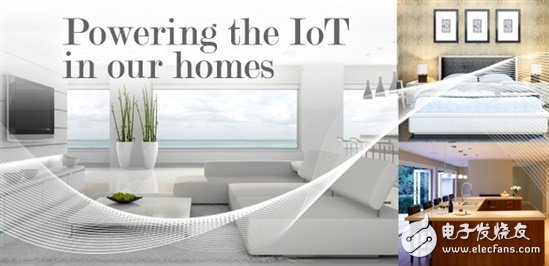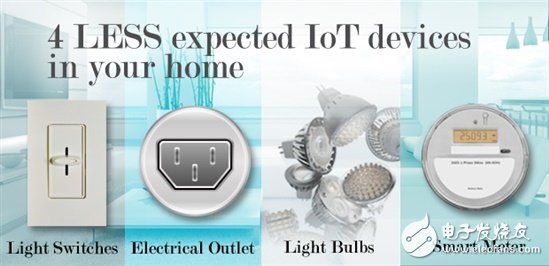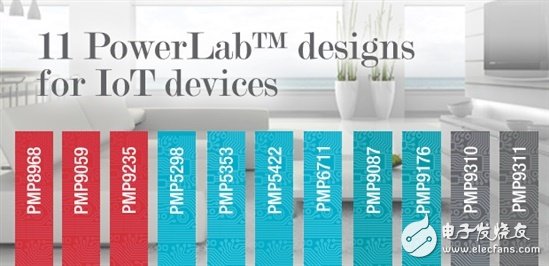The Internet of Things (IoT) era has arrived. There have been a lot of talks about IoT recently, and people are guessing how IoT will build our lives in the near future. Although there is still a long way to go, look around the situation at home and you will find that we started this journey a few years ago.
To understand how IoT has affected our lives, we must first have a general understanding of the meaning of IoT. What is IoT? Its basic meaning is to connect devices and household appliances ("objects") to the Internet for more control and data transfer. Click here to read more detailed instructions on IoT.

Which IoT connected device examples can you find at home?
The “objects†that have been connected to the IoT include household thermostats, fire alarm bells and carbon monoxide detectors. Nest intelligent thermostats have been widely recognized and inspired many similar competitive products.
There is also such equipment on the outer wall of our house. Public utility companies have deployed smart meters many years ago. This not only does not require people to read the meter, saves money and effort, but also collects important energy use information for a period of time.
Take a look at the decor store near your home and you'll be able to buy products that allow you to connect more home settings to your IoT. Smart outlets, light bulbs and light switches are now available to allow homeowners to track and control their energy usage on a case-by-case basis or on a socket-by-socket basis.

So what does all this have to do with switching power supplies? The examples we have provided already provide power, but AC power. For power control, sensors and microprocessors, we need low voltage, low current AC/DC power supplies. These power supplies usually do not require secure isolation because users usually do not have access to them. The power supply must be small, after all, no one wants to use a large power supply to power a small microprocessor circuit. So here are 11 PowerLab reference designs for home AC/DC IoT devices!

A low-power flyback power supply provides a low-cost, high-efficiency, minimal solution without the need for safety isolation. This is a good solution for applications such as electricity meters and smart sockets that require functional isolation to sense AC line current. Here are some PowerLab examples of flyback power supplies for powering IoT's home devices:

PMP8968 — 230VAC input, 5.5V/250mA flyback converter
PMP9059 - 120VAC Input, 5V/200mA Flyback Converter with BJT Switch
PMP9235 - 120VAC Input, 5V/250mA Flyback Converter with BJT Switch
Another option commonly used for meters is the capacitor voltage drop method. This method powers a low voltage linear regulator or step-down power supply through a series connected capacitor. Capacitor impedance at line frequency limits input current. The minimum load current or Zener clamp limits the voltage supplied to the linear or transfer switch. The main disadvantage of this approach is that the physical size of the required AC blocking capacitors can be large, especially for applications with wide input or high power levels. The following are some examples of capacitor voltage drop supplies:

PMP9310 - 3.3V Low Cost Non-Isolated Offline Converter for Smart Meters
PMP9311 - Capacitor Voltage Drop Offline Power Supply for Standard Compliance Multifunction Meters
Although IoT has begun to improve our family life, it will also have a positive impact on us in more ways in the near future. Our cars, retail and grocery stores, and the workplace are now moving to the Internet. What other aspects of your life involve IoT technology?
SWITCH SOCKET
Guangdong Shunde Langzhi Trading CO., Ltd , https://www.langzhielectrical.com